For players who don’t want to take combat encounters on head first, stealth is usually the best route to go. Stealth in Baldur’s Gate 3 can mean the difference between a full party wipe or receiving a wealth of experience points and great loot for parties that lack muscle.
There are many ways you can use stealth to your advantage in Baldur’s Gate 3, as it’s a bit open-ended, especially when it comes to how easy it is to be seen. Here’s how stealth works in the RPG from developers at Larian Studios and how players can modify the environment to make it even more dangerous for unaware enemies.
How to Use Stealth In Baldur’s Gate 3
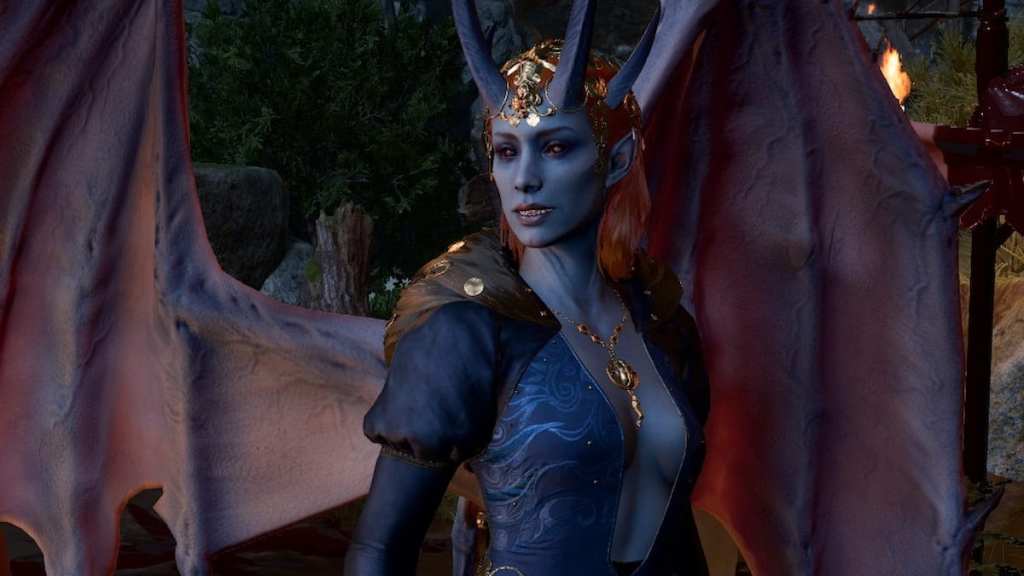
You and your party will be able to enter stealth mode from the moment you break out of your Mind Flayer pod. If you want the character you’re controlling to start hiding, press C on the keyboard. And if you want your entire party to enter stealth, hit Shift+C.
Your party members won’t exit stealth mode until they are discovered by an NPC, they attack an NPC, or you manually take them out.
Being Super Sneaky During Battle in Baldur’s Gate 3
In addition to avoiding unnecessary – or annoying – encounters, players can use stealth to gain advantages in battles. More specifically, your character will gain Advantage on checks while hidden. This is especially helpful if you’re using a rogue who thrives when having stealth advantage.
Stealth can also be used to strategically place your party in locations out of sight of your enemies to set them up in ideal positions to deal the most damage. It gives you the chance to put your spellcasters at a distance but in full view of all your enemies to deal the most damage or for your tank to lead the charge straight into a battle after you fire the first shot.
For those who take full advantage of it, you can use stealth as a perfect opportunity to make use of the new shoving mechanic. If your opponent is standing next to a ledge while in stealth, you can come up behind them and shove them off, dealing a critical strike before they notice you.
Avoiding being seen is essential, and if an enemy sees a party member, the enemy won’t immediately raise the alarm, depending on their visibility. Your party member may have the chance to make a stealth check, and how well the enemy can see them is extremely important. Checks look like this:
- Clear area means your party member is visible.
- Lightly obscured means your party member makes a stealth check.
- Lightly obscured while your enemy has dark vision means your party member is visible
- Heavily obscured means your party member is undetected.
- Heavily obscured while your enemy has dark vision means your party member makes a stealth check.
This is visually indicated via Baldur’s Gate 3 UI. When you’re in stealth mode, an enemy’s line of sight will be shown in red. If you enter that line of sight, you will be spotted and taken out of stealth. However, other party members will remain hidden until they are spotted individually.
Because visibility is a factor, you need to play with the light in an area. For example, while in a cave or inside a castle, a burning torch might be the only visible light source. If you take it out using a spell, your enemies won’t be able to see you from a distance unless they have dark vision. You will have to use a variety of spells and perks to take full advantage of this, and in true Larian Studios fashion, you need to be a little creative with the rules.
That said, Stealth is never a requirement. Players can choose to take part in it, or they can decide to dive straight into a fight without thinking about taking out opponents one at a time without them seeing you. It’s entirely up to every player and how they want to play Baldur’s Gate 3.

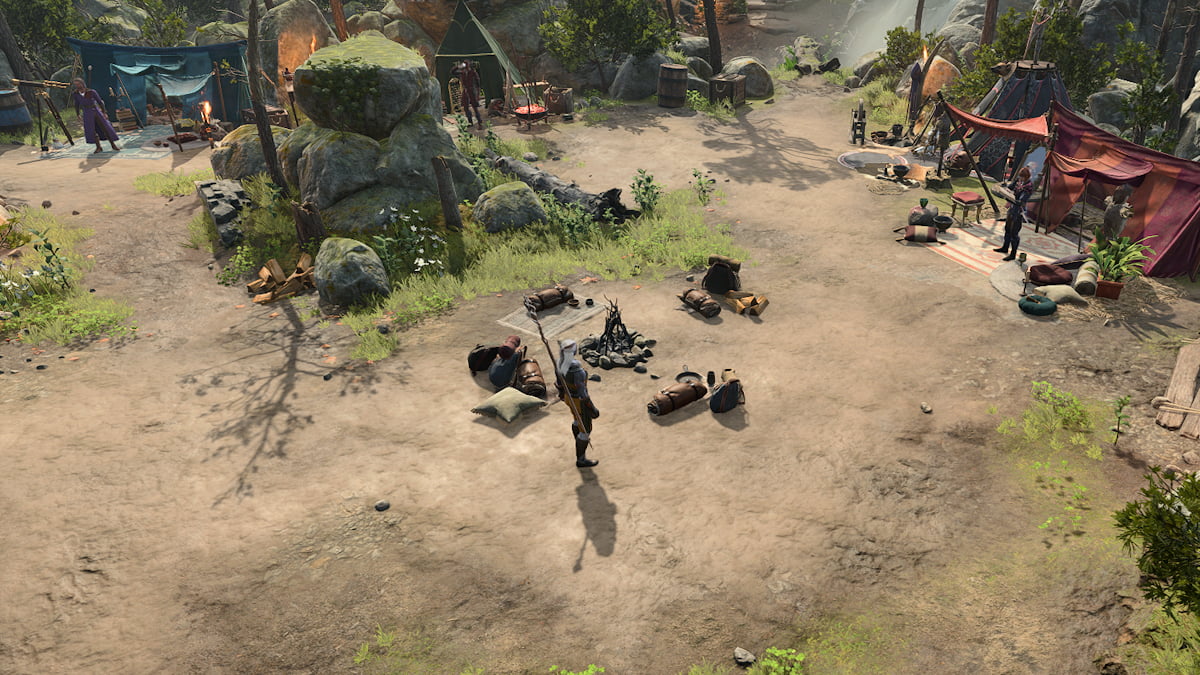
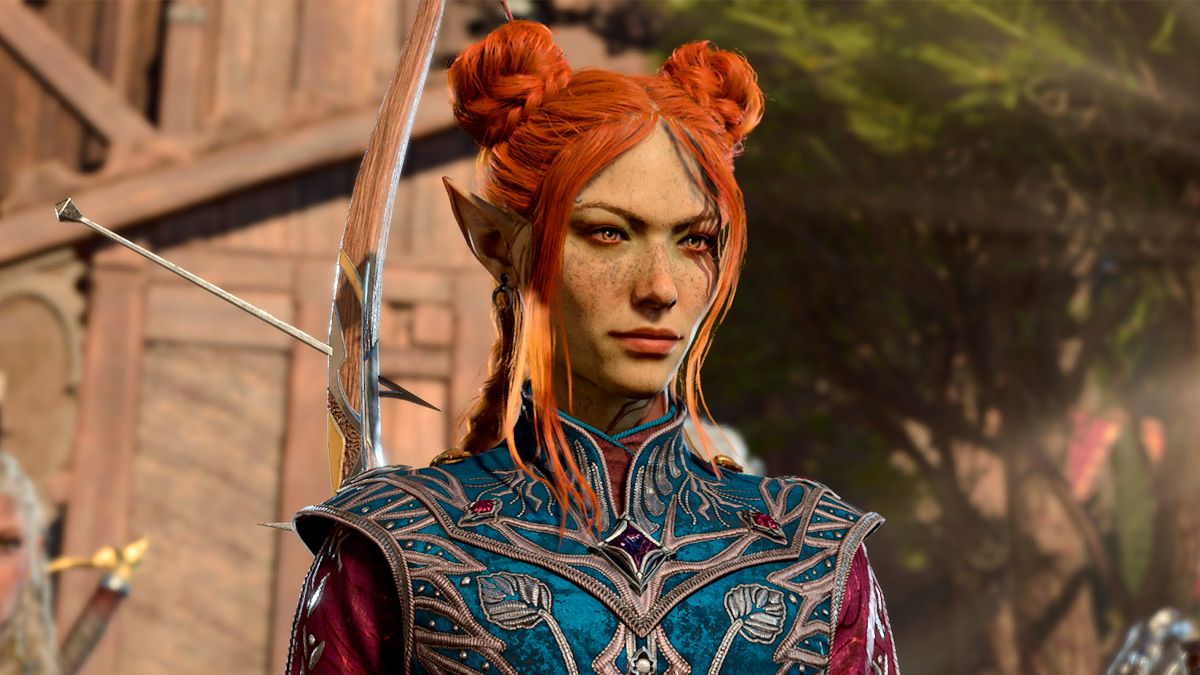
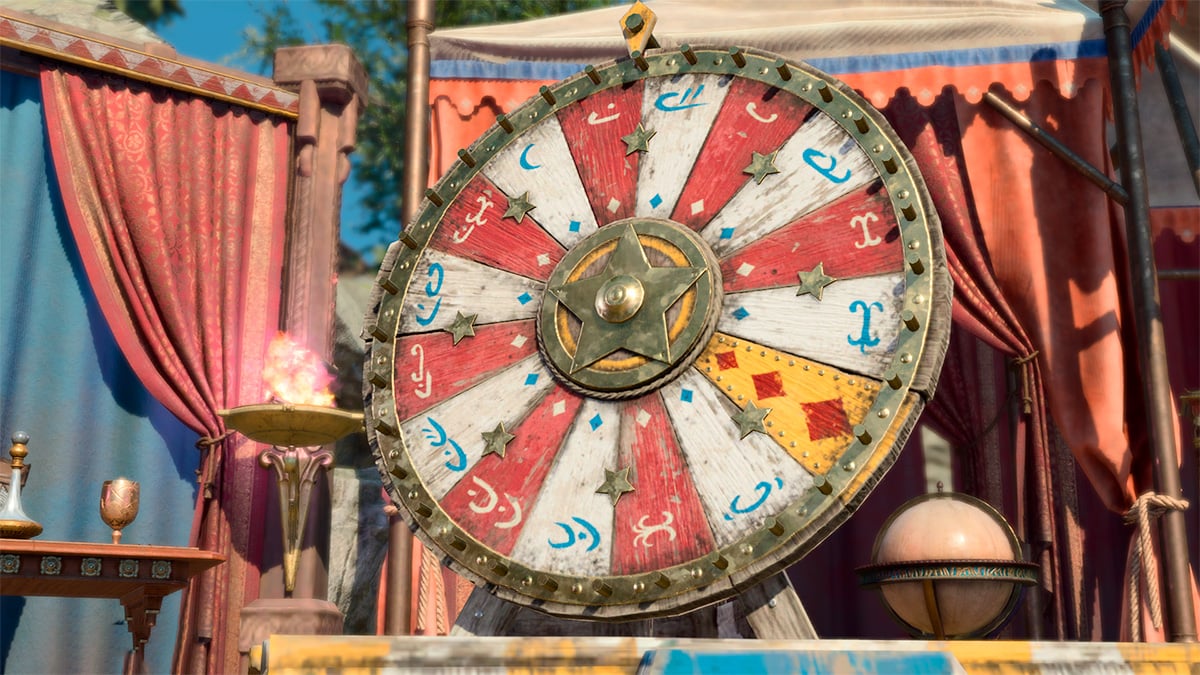
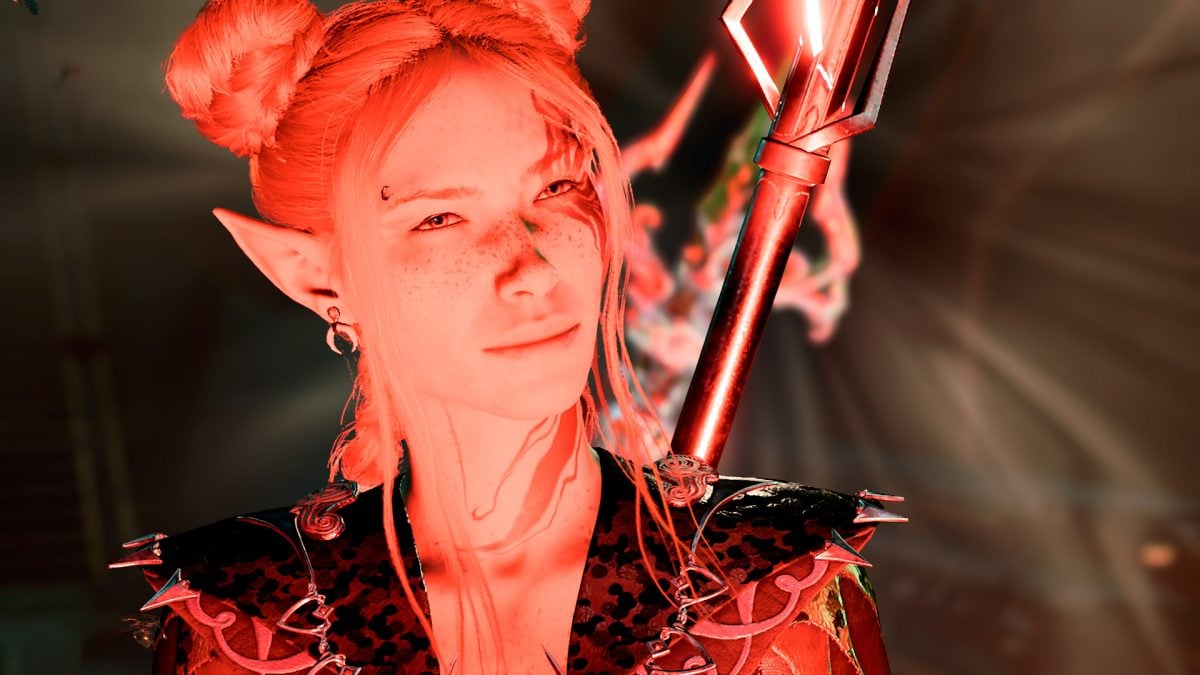
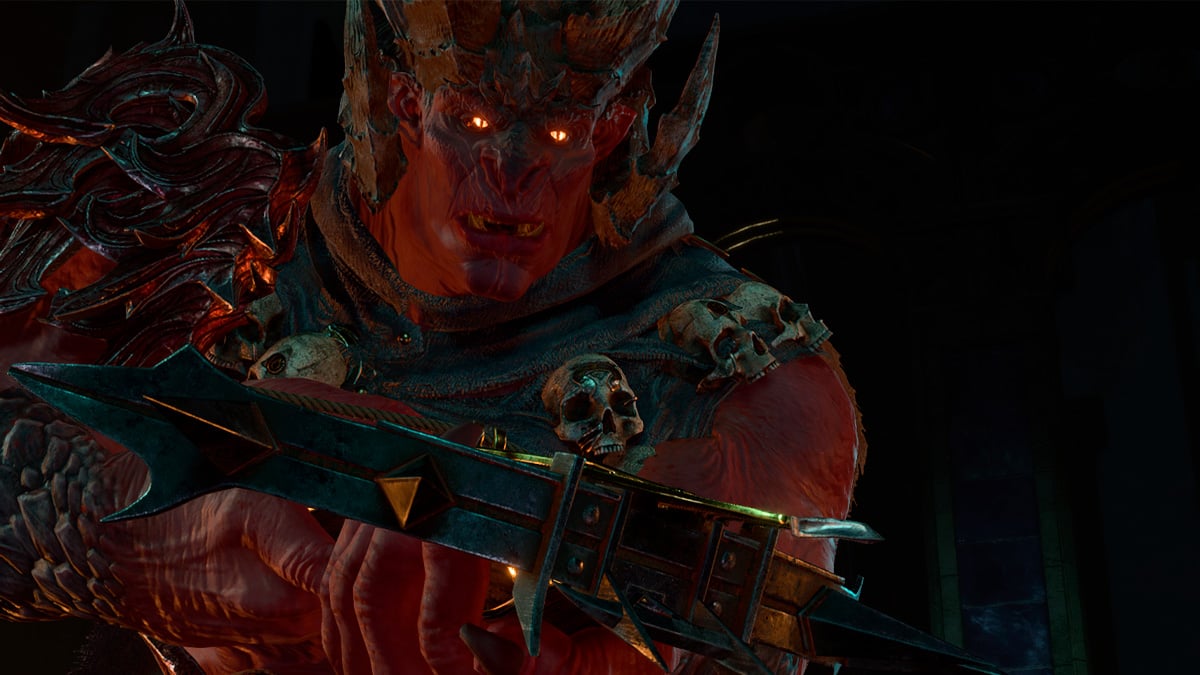
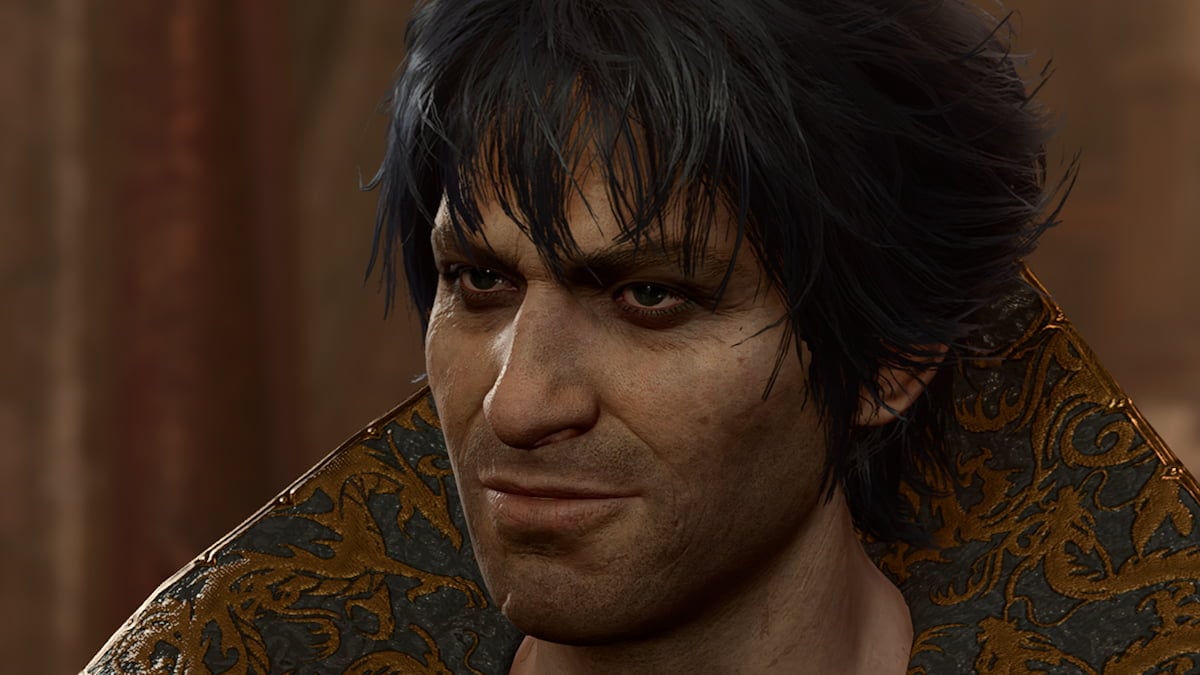
Published: Aug 3, 2023 06:37 pm